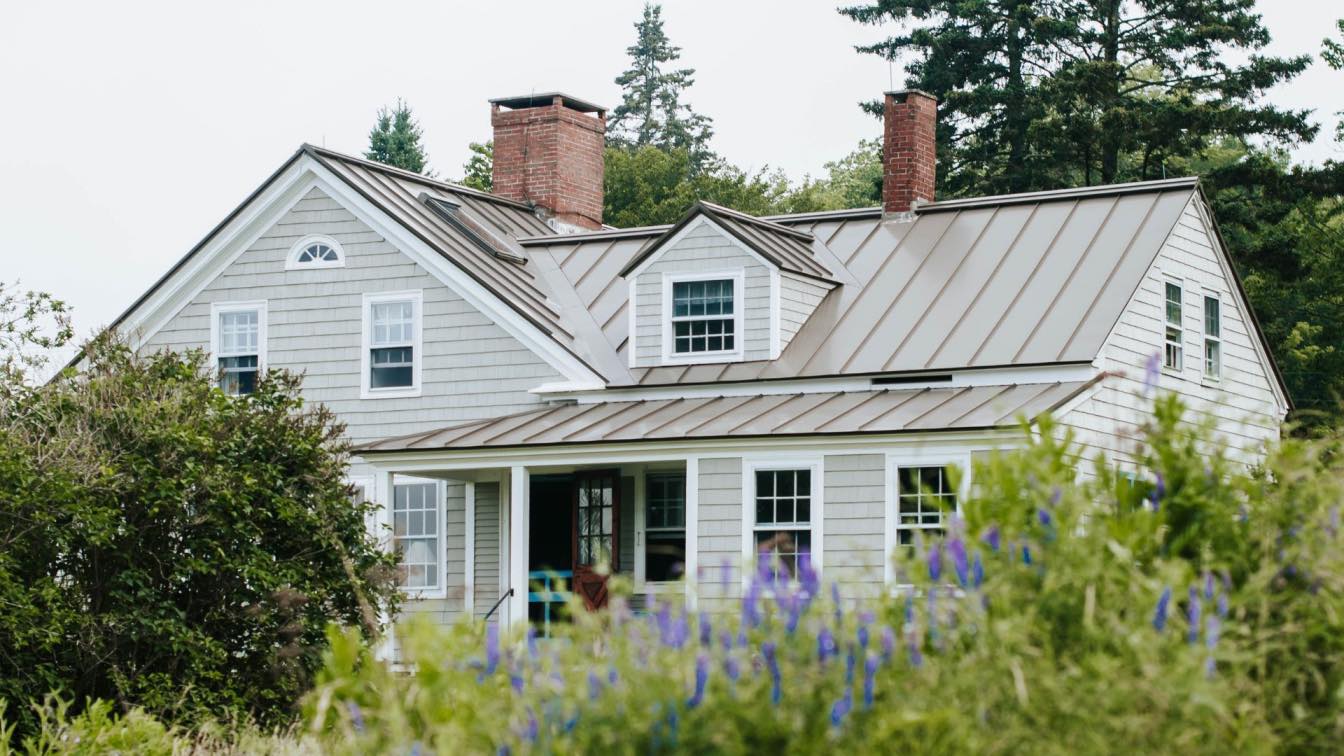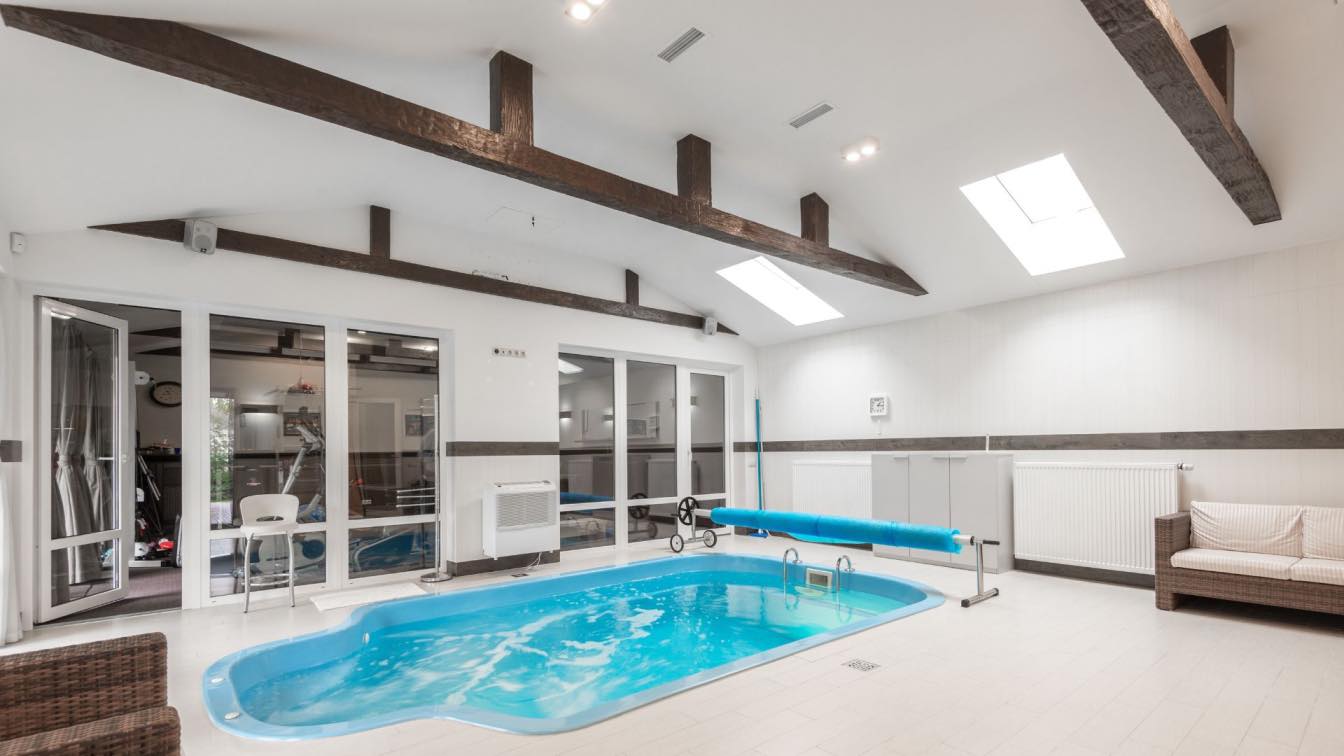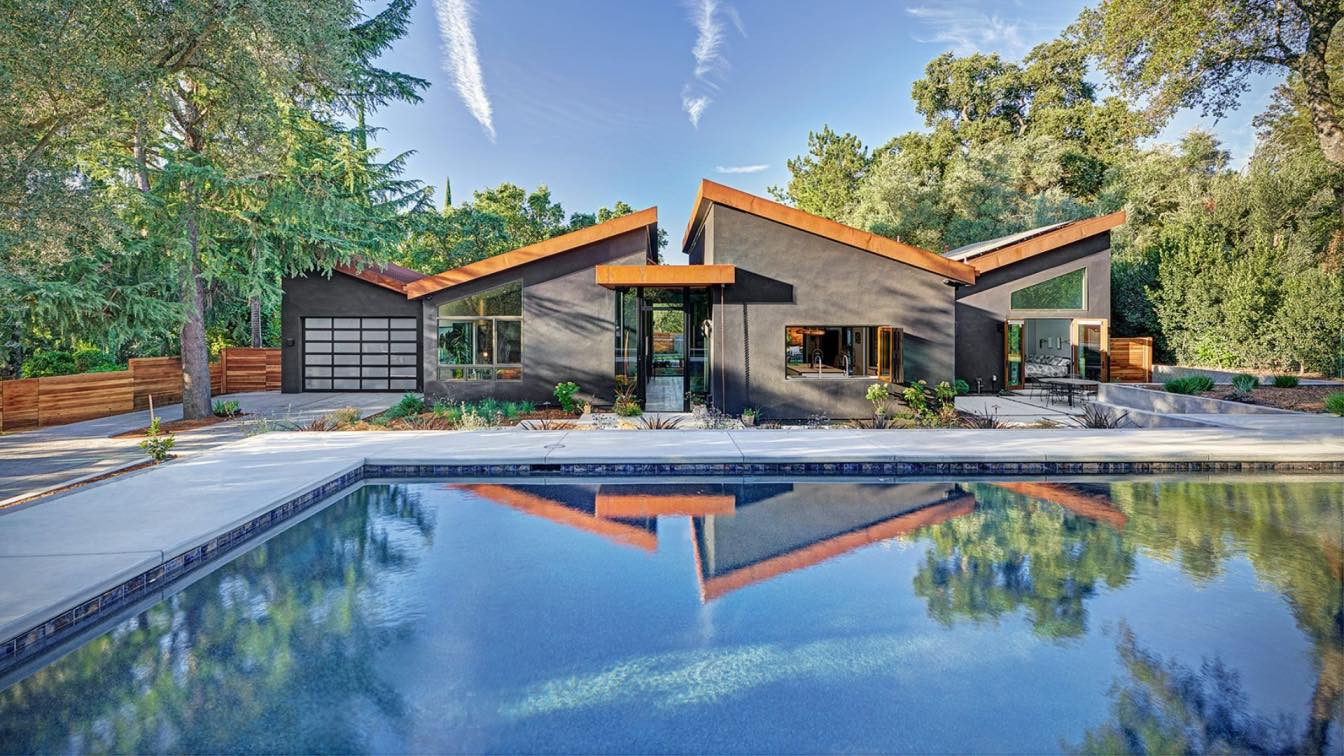When it comes to designing and constructing your home’s roof, there are several factors that you must consider to ensure both functionality and aesthetics. From the available materials to the system design, every decision should be made carefully to achieve both objectives. To help make this process easier for homeowners, we’ve compiled an essential list of crucial elements that must be taken into account when building a strong and stylish roofing system. In this blog post, we explore how each factor plays an important role in determining the overall success of the project so you can make informed decisions as you embark on creating a solid framework for your home.
Consider The Shape Of Your Roof
The first factor to consider is the shape of your roof. There are several common designs—gable, gambrel, shed, and hip—all of which offer unique benefits. And there are some uncommon ones like standing seam, butterfly, and mansard. Each of these styles can be adapted to fit your needs, whether it’s providing ample ventilation or enhancing the aesthetic of your home. Conversely, each of these needs a different specialist, for example, standing seam metal roof contractors work on one of the most labor-intensive and technical projects while butterfly roofs require a different type of team. Make sure to take the time to do your research and consider all of your options when deciding on a specific style.
Choose the Right Material
It's imperative to carefully consider the roofing material. It not only contributes to the aesthetic appeal of your home but also plays a critical role in the roof's durability and longevity. Tile, asphalt shingles, slate, and copper are some of the most common materials used.
Tiles offer a classic look and are known for their durability and resistance to harsh weather conditions. Asphalt shingles, on the other hand, are cost-effective and easy to maintain, making them a popular choice among homeowners. Slate roofs, while on the pricier side, are fire-resistant and environmentally friendly, with a lifespan that far exceeds other materials. Copper, while not as commonly used, is valued for its longevity and unique aesthetic appeal.
Install Insulation to Help Reduce Energy Bills
Another pivotal factor to consider when designing your roof is the implementation of insulation. Regardless of the material or shape of your roof, proper insulation can make a significant difference in your home's energy efficiency. By acting as a barrier to heat flow, it effectively regulates the temperature within your home. During the colder months, insulation helps retain heat indoors, reducing the need for additional heating.
In the summer, it prevents the intense heat from infiltrating your home, reducing the need for air conditioning. This not only maintains a comfortable living environment but also helps reduce energy consumption and, as a result, your utility bills. There are several types of insulation to choose from - fiberglass, cellulose, and foam among the most common - each offering its unique qualities and benefits.
Opt for an Appropriate Slope for Drainage and Aesthetics
When contemplating design factors, the slope, or pitch of your roof, should not be overlooked. The slope plays a fundamental role in how efficiently water and debris are drained from your roof, reducing potential damage and extending the lifespan of your roofing system. Steeper roofs tend to shed water and snow more quickly, making them a wise choice for regions that experience heavy rainfall or snowfall.
On the aesthetic front, the slope of your roof affects the overall look of your home. Steeper roofs give your home a more traditional or classic look, while lower sloped roofs often lend a more modern, sleek appearance. Your choice may be influenced by personal preference, local building codes, or the architectural style of the surrounding neighborhood. Maintaining the balance between functional requirements and aesthetic aspirations is key to achieving a successful roof design.
Select the Ventilation Options
Choosing the right ventilation system for your roof is yet another critical decision in the design process. Ventilation is crucial in maintaining the structural integrity of your home, preventing moisture buildup, reducing energy consumption, and maintaining indoor air quality. Two widely used options for roof ventilation are static vents and wind turbines.
Static vents, also known as roof lines or low-profile vents, are a common choice due to their simplicity and effectiveness. They are installed along the roof ridge and allow heat and moisture to escape passively. Being non-mechanical, they require no energy to operate and have no moving parts that could break down.
In conclusion, the design of your roof involves careful consideration of a multitude of elements. From the shape and material to insulation and ventilation, every factor plays an important role in ensuring both functionality and style. To ensure a successful outcome, make sure to consult with specialists that have expertise in each area and are familiar with local building codes. By taking the time to explore all aspects carefully, you can create a roof that stands the test of time while enhancing the aesthetic appeal of your home.





